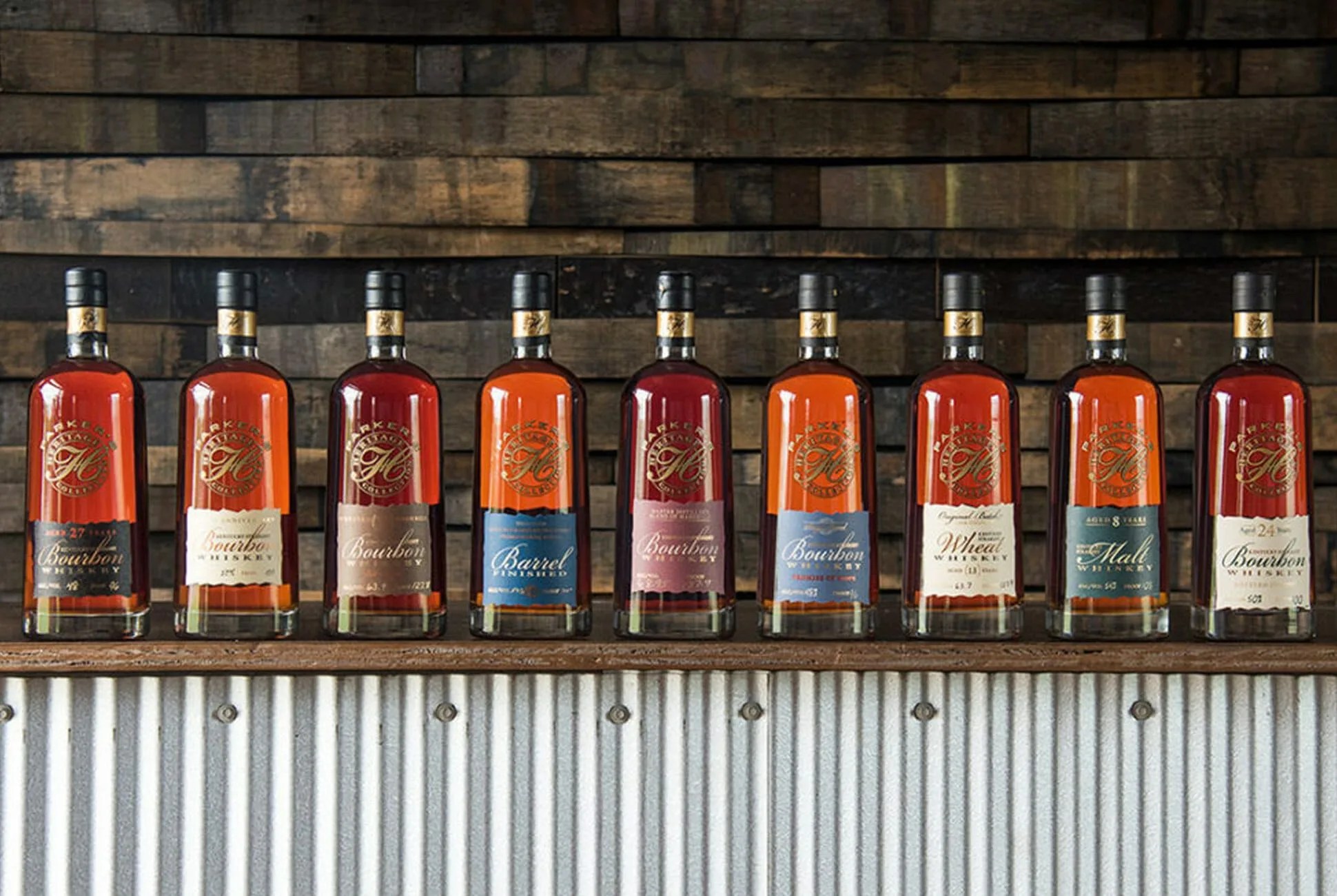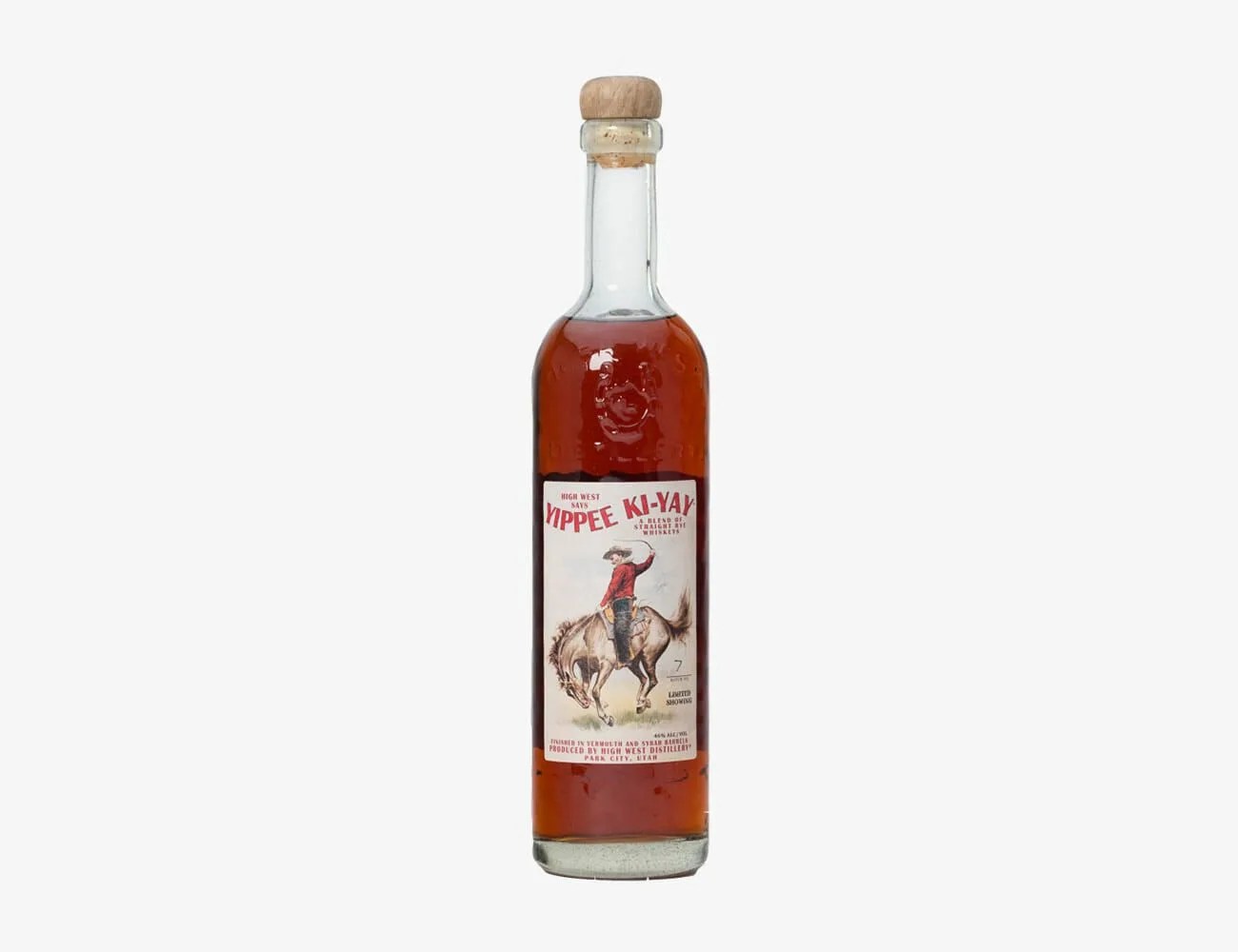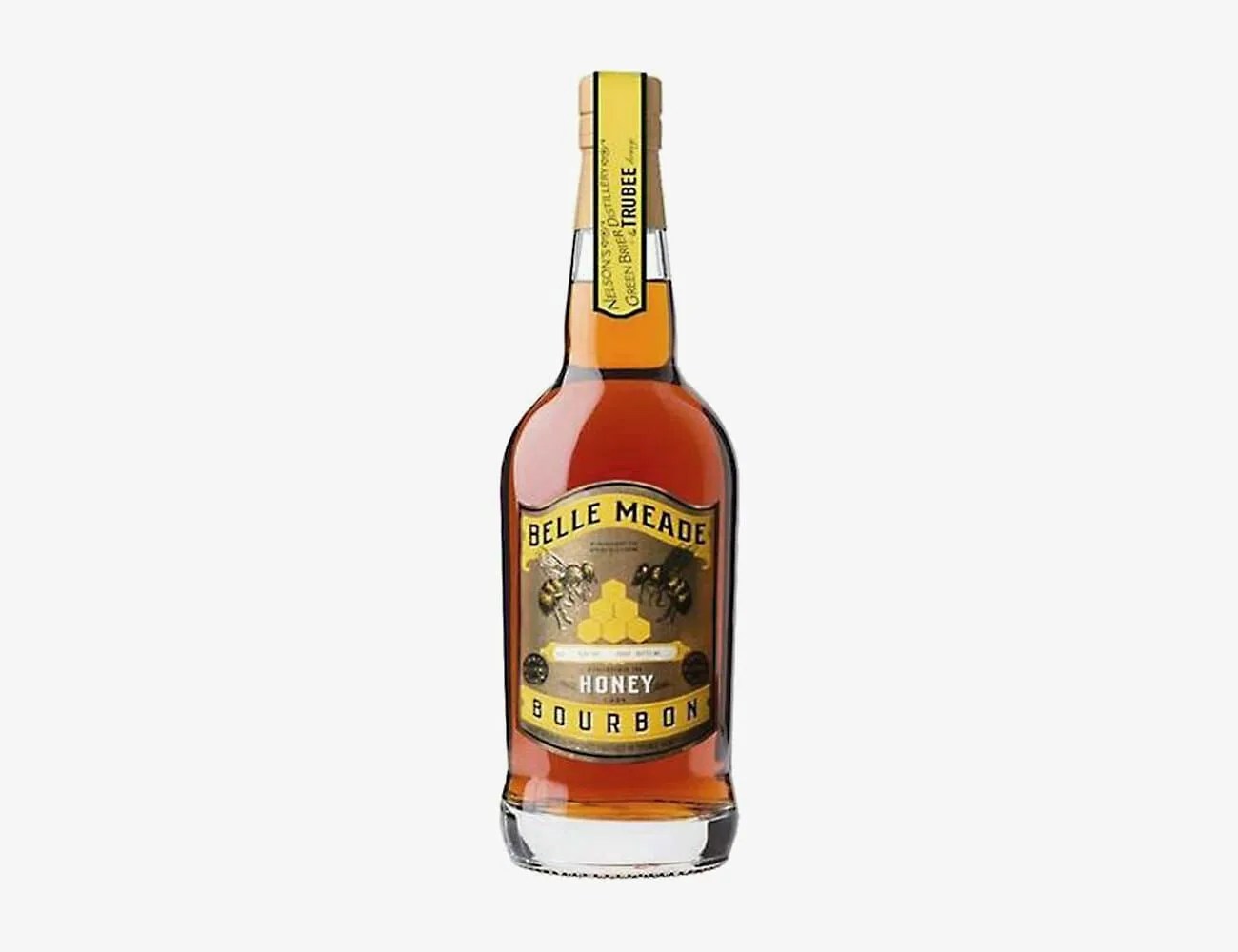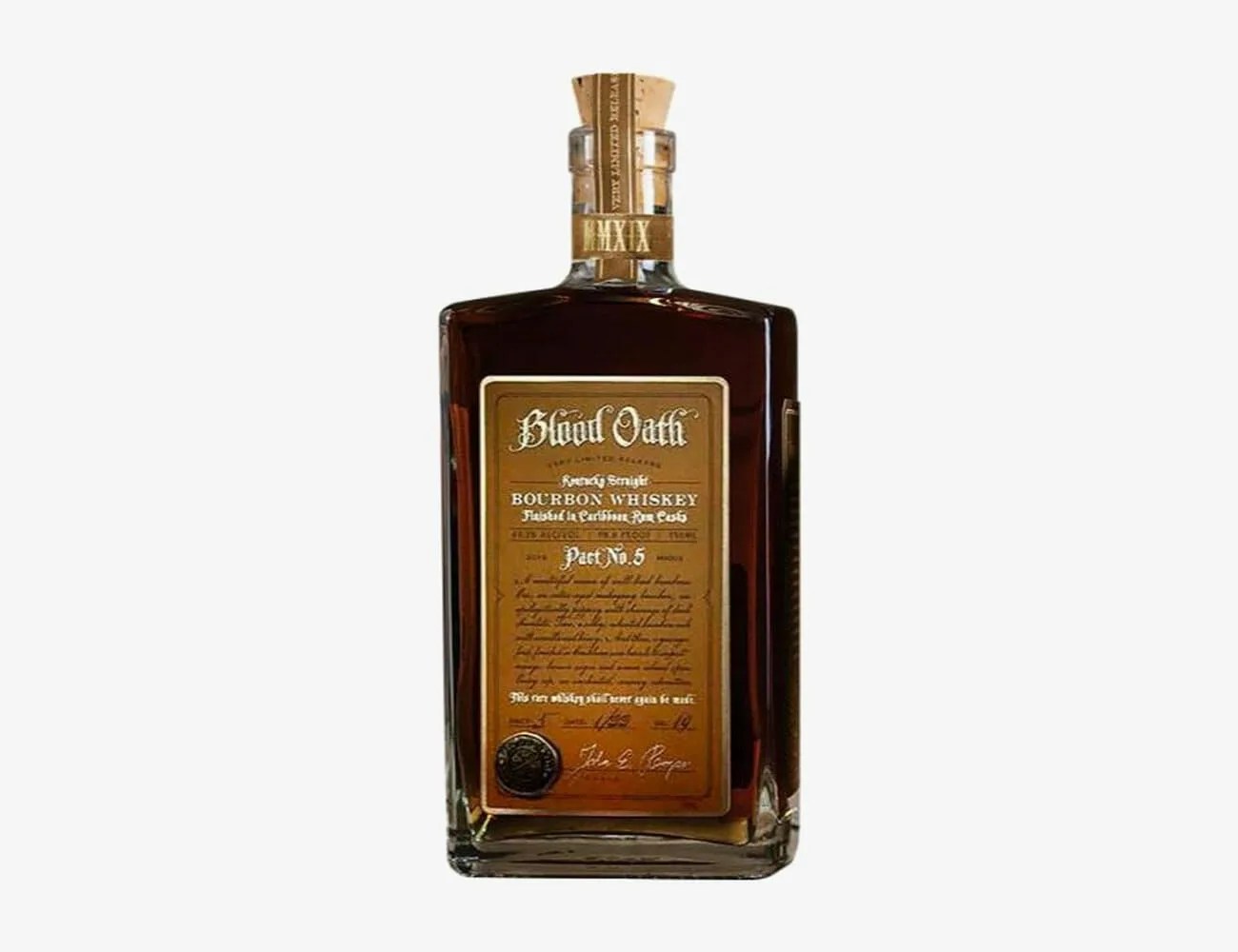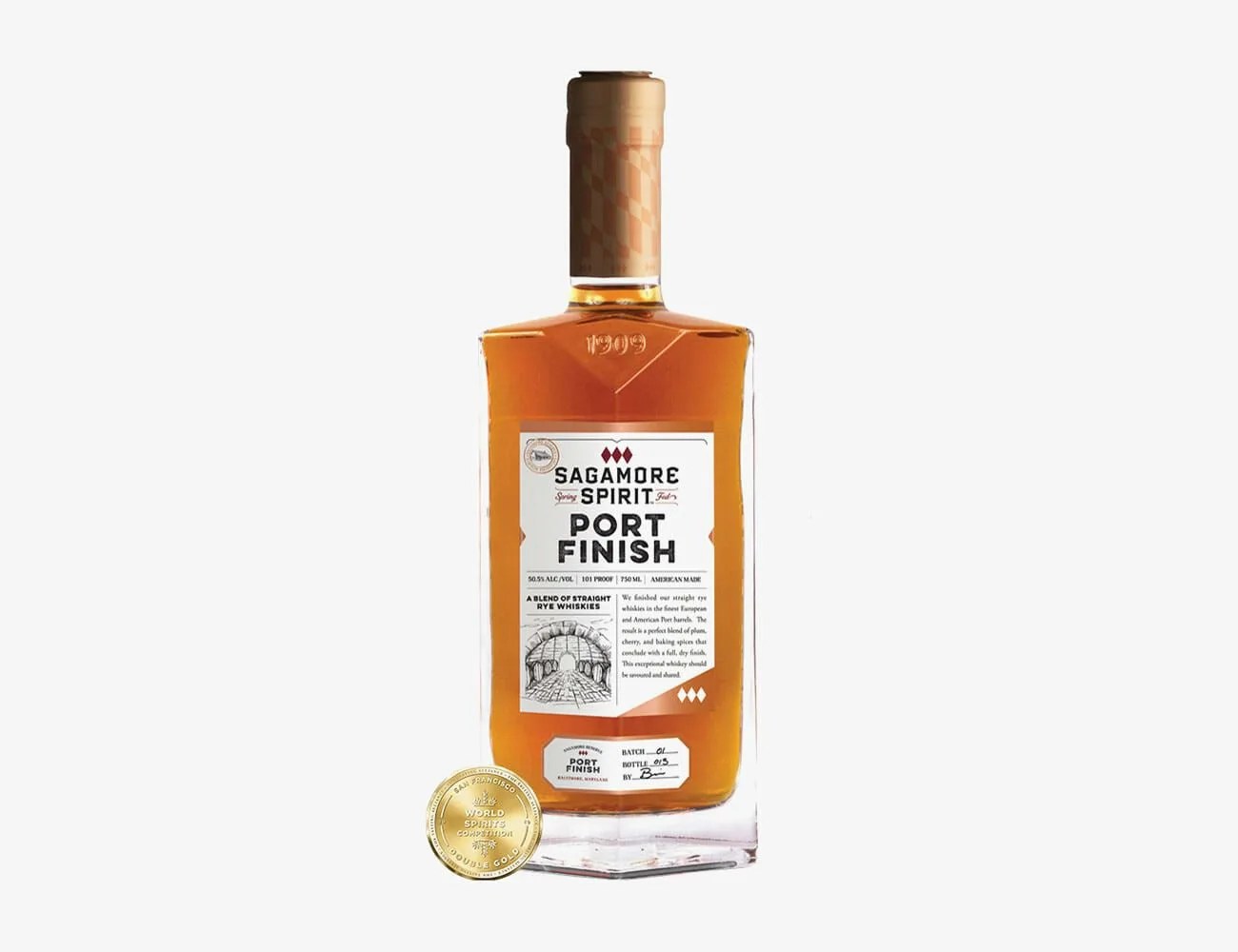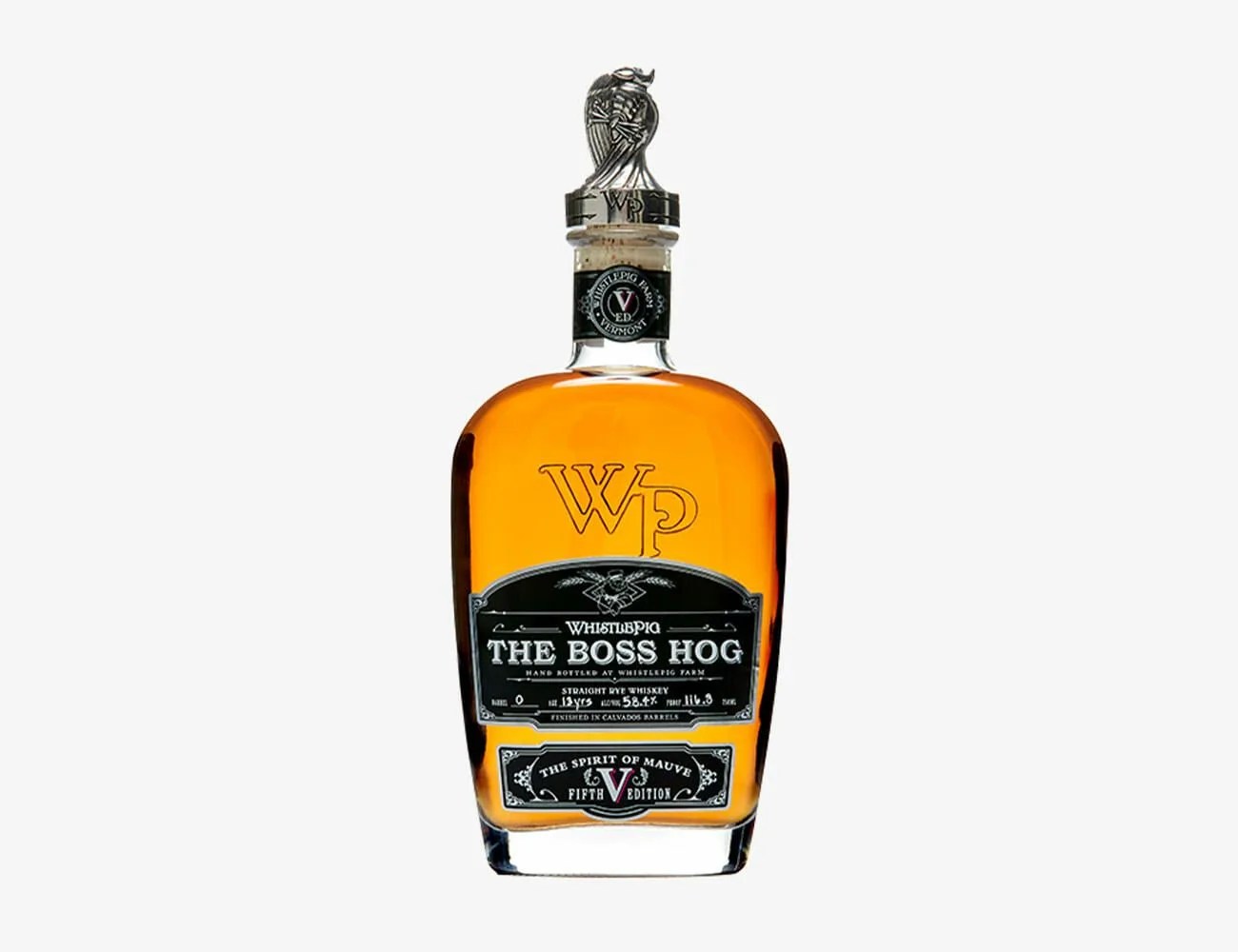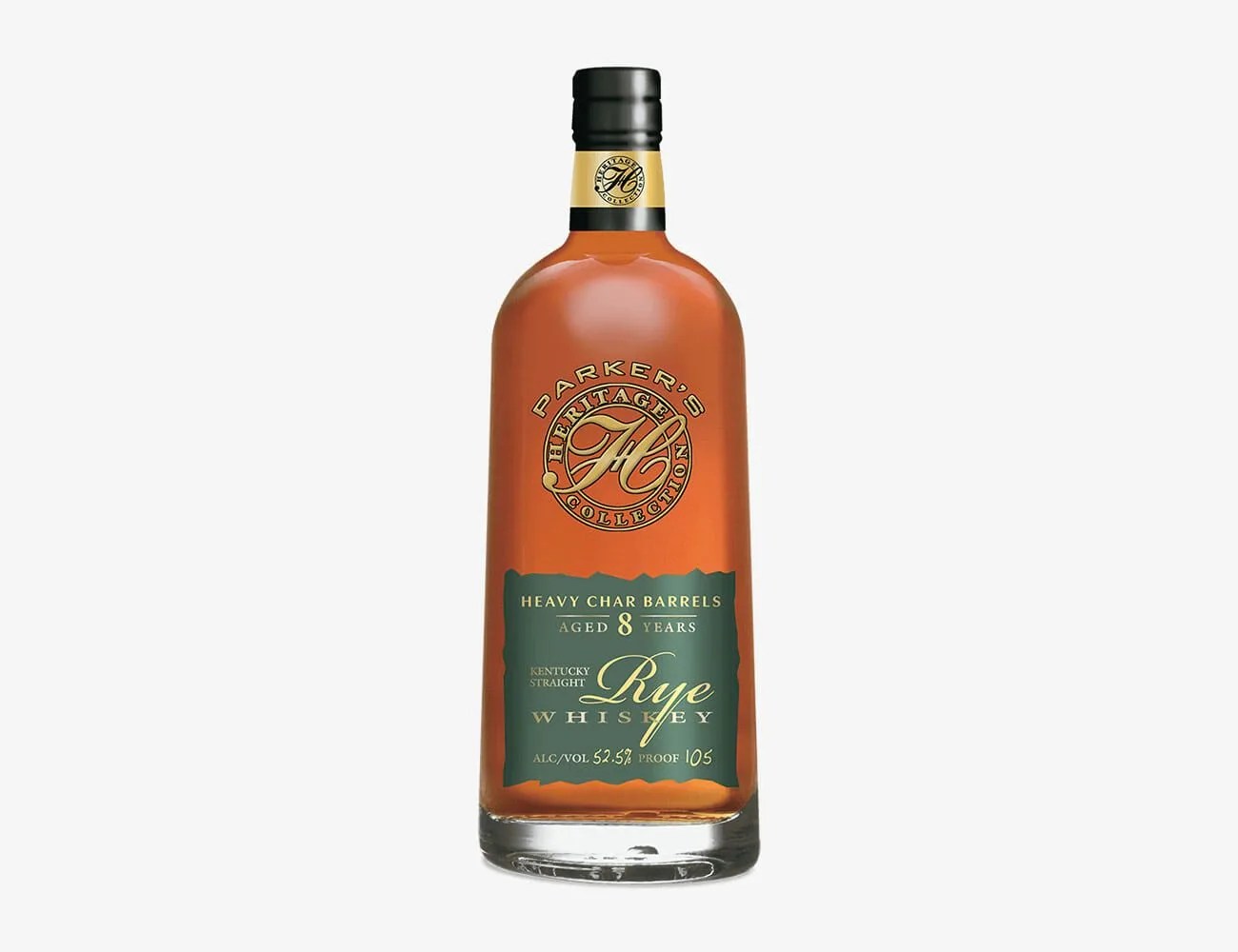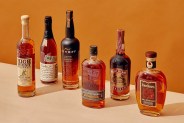Making whiskey is closer to designing clothes than building the new iPhone. The whiskey of today is more varied, more plentiful and likely of a higher quality than it has ever been, but it is still whiskey. The years-long process required to create whiskey means innovation comes slow, but when distilleries latch on to something new, they go all-in.
In recent years, that something new is barrel finishing, the practice of dumping mature whiskey into new barrels for a short period of time with the intent of imbuing the whiskey with touches of something different. The technique is not unique to one type of whiskey or one type of distiller (though it is somewhat more popular with craft distillers) and mashbill, maturation and barrel type matching is essentially endless. But, like any experiment, not all turn out for the better. From rum to Syrah to orange curaçao, here are recent examples that hit the mark.
Chivas Regal Mizunara
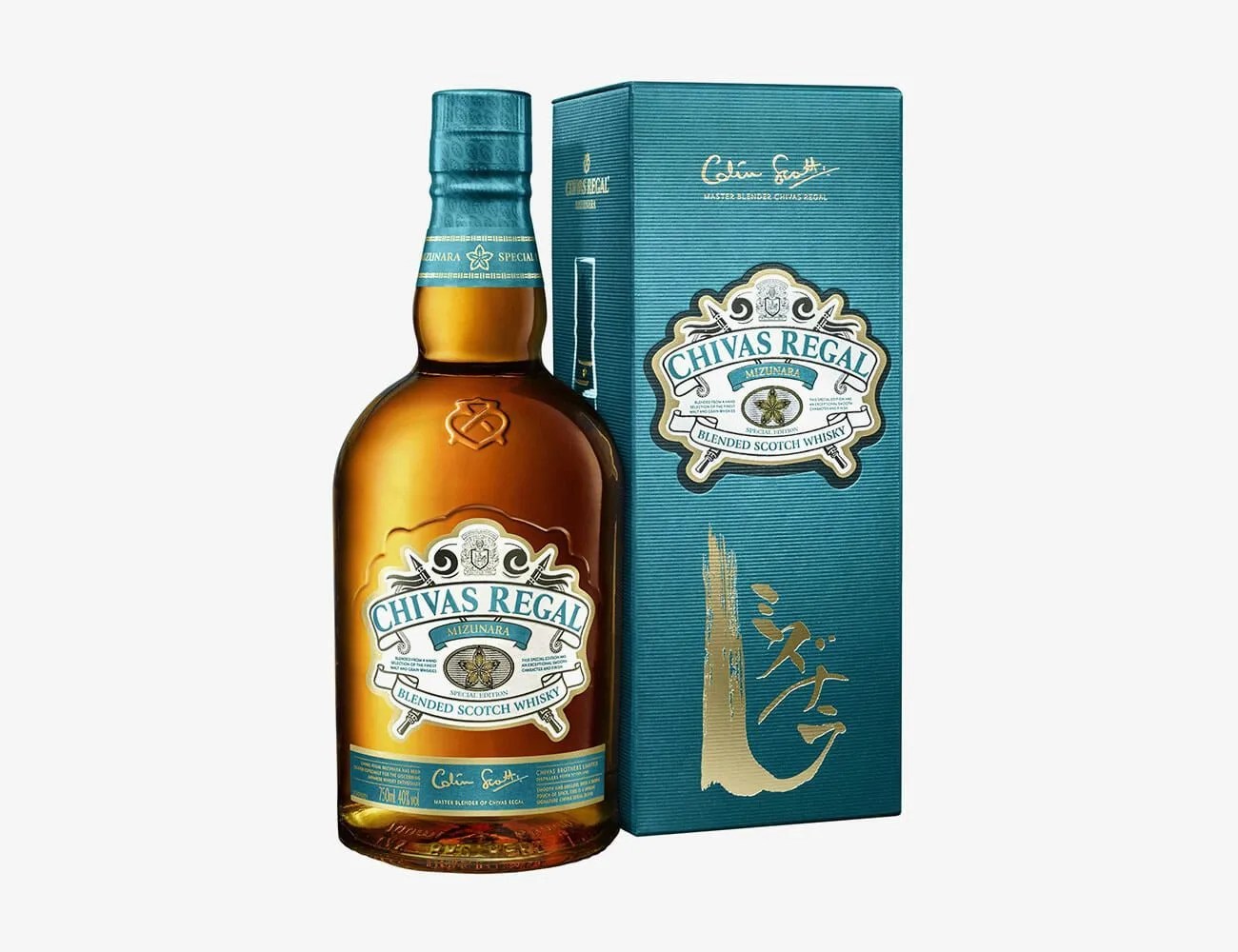
Mizunara oak grows at half the pace and covers much less ground than its American or French counterparts, and it’s much more porous (and therefore prone to leaking). This adds up to an extremely expensive barrel (in 2018, Wine Enthusiast reported a single barrel costs more than $6,000). Chivas’ scotch finished for a few months in Mizunara is still predominantly scotch, but its hints of coconut and sandalwood only come from one place.
